Mercury is the first planet in the Solar System. It is the smallest planet in our system, but still visible to the naked eye without binoculars or a telescope - but only close to sunrise and close to sunset. It was known in ancient times, including by the ancient Greeks, Sumerians, and Egyptians. So far, it is not a well-studied object, compared, for example, to Mars or the Moon - so far only two probes have flown there: the Mariner 10 probe in 1974-1975 and the MESSENGER probe in 2008, 2009, and 2011-2015. Perhaps we will learn more about the planet in 2025 when the BepiColombo probe enters its orbit. Read on for a handful of information about Mercury - facts, and pictures below.
Jump to:
- Mercury - The First Planet of the Solar System
- Interesting Facts About Mercury
- Who Discovered Mercury?
- What Color is Mercury?
- Mercury Retrograde
- The BepiColombo Mission
- Mercury Size - The Smallest Planet
- Atmosphere and Temperatures on Mercury - Hot or Not Cold?
- Density
- Does Mercury Have Phases?
- Mercury Moons
- Mercury Planet vs Moon
- FAQ
- 💬 Comments
Mercury - The First Planet of the Solar System
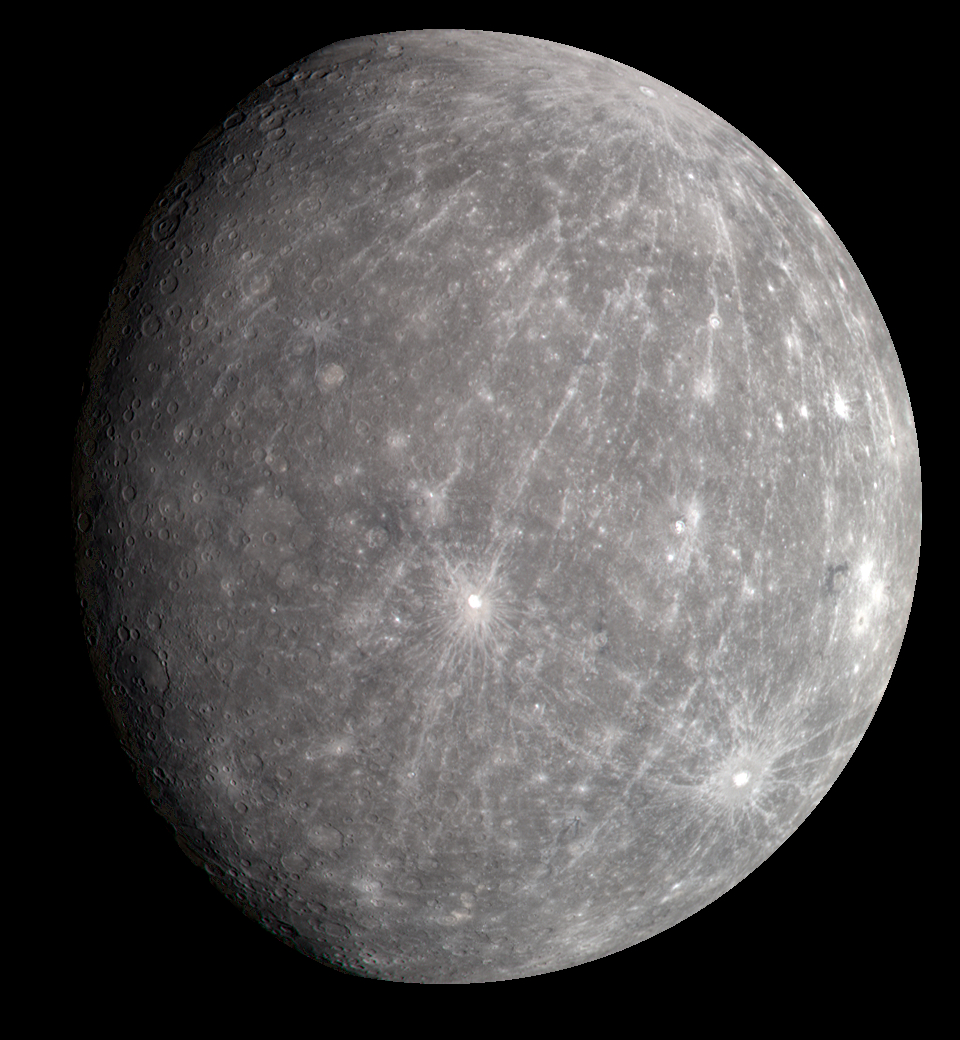
Interesting Facts About Mercury
Reliable data! If you like straight to the point facts, here you have almost all the most essential facts about the planet:
| Planet | Mercury |
| Distance from Sun | 36 million miles / 58 million km / 0.39 AU |
| Radius | 1,516 miles / 2,439 km |
| Diameter | 3,032 miles / 4,878 km |
| Mass | 3.285 × 1023 kg (0.055 M⊕ / 5.5% Earths) |
| Color | Dark gray |
| Length of Year (Orbit) | 88 Earth days |
| Length of Day | 59 Earth days |
| Temperatures | -290°F to 800°F / -180°C to 430°C |
| Moons | No - zero (0) |
| Symbol | ☿ |
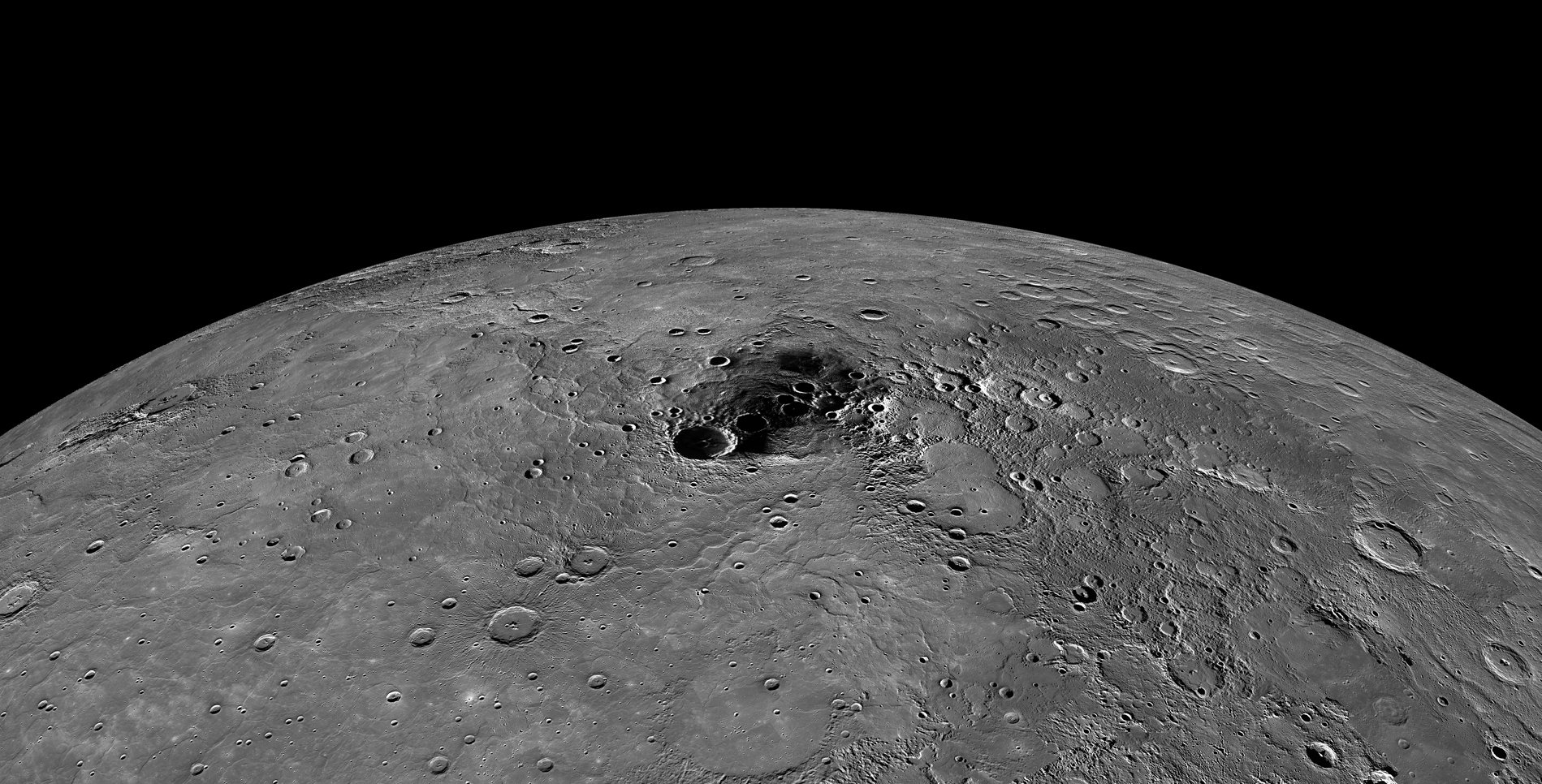
Who Discovered Mercury?
The official discoverer of the planet in modern world history is Galileo Galilei, who first observed it through a telescope in the 17th century.

However, because Mercury is visible to the naked eye, it was already known and observed by ancient civilizations centuries ago. Therefore, it is impossible to define a "real" discoverer - they probably did not even have a name as we know it today.
The exact date of the planet's discovery is also unknown - the first historical mention comes from the Sumerians around 3000 BC (5000 years ago).
What Color is Mercury?
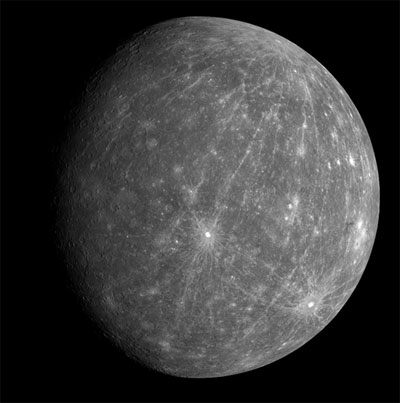
Overall, Mercury has a dark gray color similar to the Moon.
However, it is difficult to define what it means - "real color." This is because everyone's eyes perceive colors slightly differently. There may not even be such a thing as "true color" - only such as we humans perceive it in the present situation, such as phase, time, place of observation, or even individual predispositions of each person (e.g., color blindness).
In general, Mercury is most similar to our Earth's Moon in terms of appearance.
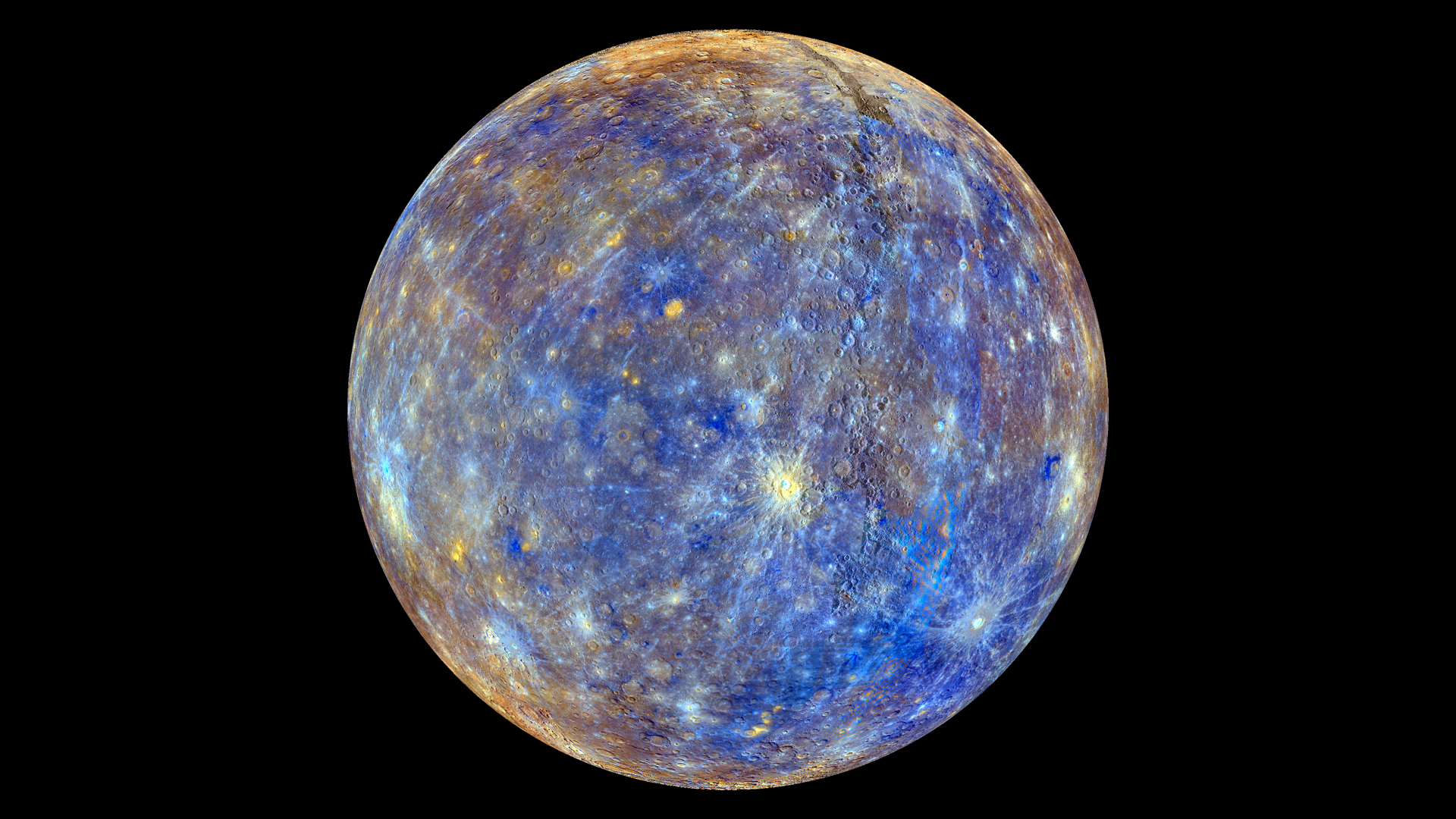
Mercury Retrograde
What is Retrograde?
Retrograde is the movement of a celestial body that appears to be rotating or moving in the opposite direction to most bodies in a given orbital system. In the Solar System, the reverse motion has the opposite direction to the Earth's movement around the Sun, which, seen from the North Pole of the Sun, is counterclockwise.
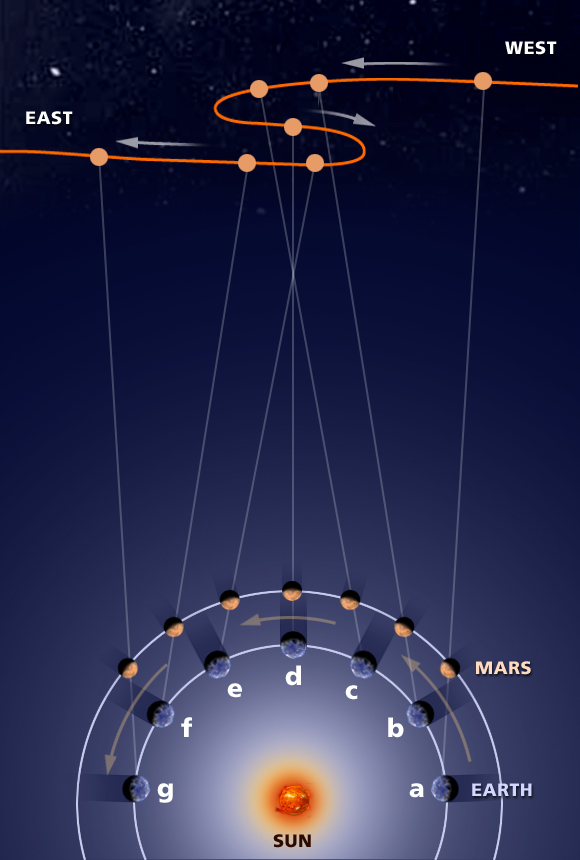
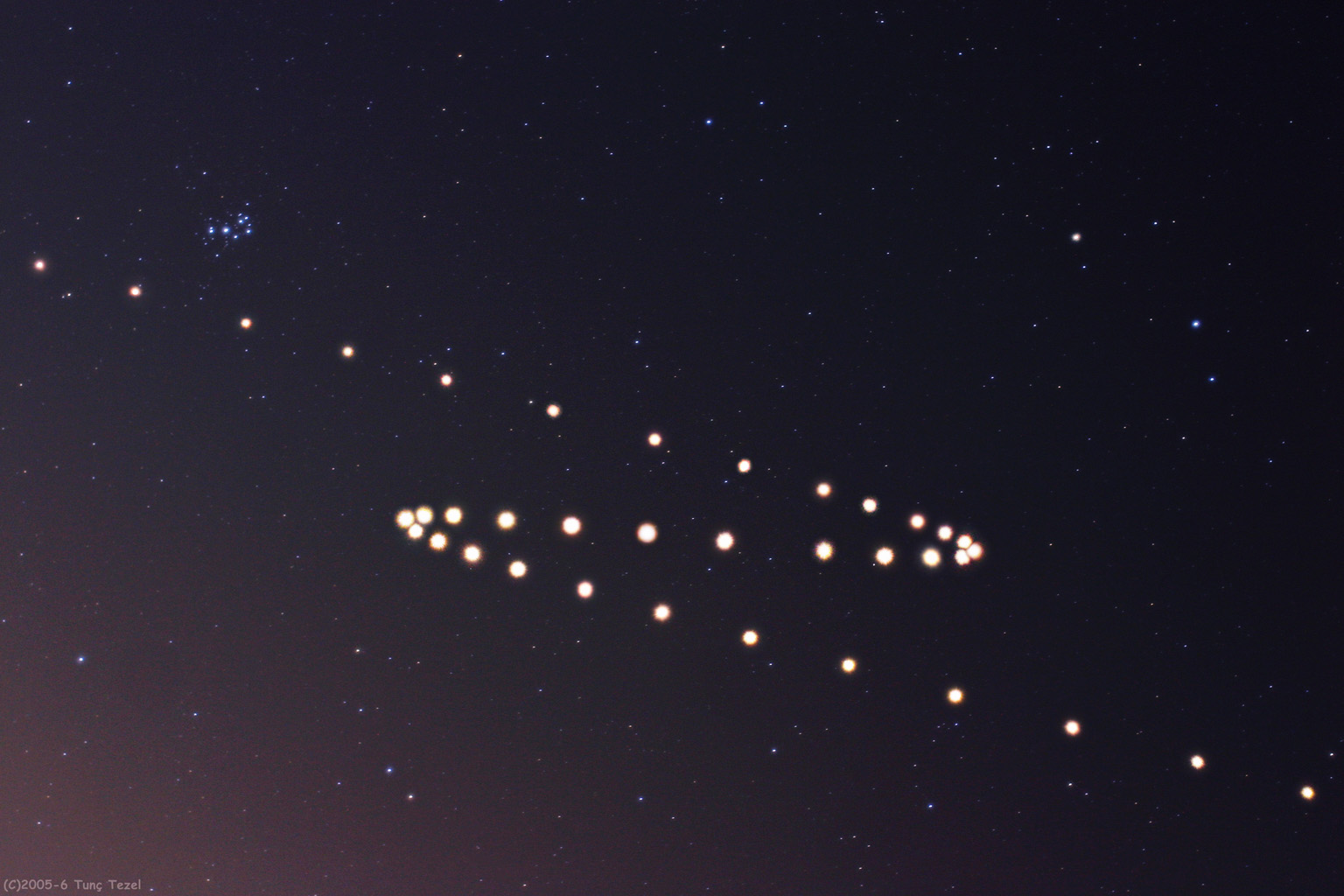
Is Mercury currently retrograde? It depends when you are reading this - check out:
The Closest Mercury Retrograde Dates
2022:
- January 14 – February 3, 2022
- May 10 – June 2, 2022
- September 9 – October 2, 2022
- December 29, 2022 – January 18, 2023
2023:
- December 29, 2022 - January 18, 2023
- April 21 - May 14
- August 23 - September 15
- December 13, 2023 - January 1, 2024
2024:
- January 1, 2024
- April 1 - April 25
- August 4 - August 28
- November 25 - December 1
2025:
- March 14 - April 7
- July 17 - August 11
- November 9 - November 29
2026:
- February 25 - March 20
- June 29 - July 23
- October 24 - November 13
2027:
- February 9 - March 3
- June 10 - July 4
- October 7 - 28
2028:
- January 24 - February 14
- May 21 - June 13
- September 19 - October 11
2029:
- January 7 - January 27
- May 1 - May 25
- September 2 - September 24
- December 21 - January 10, 2030
2030:
- December 21, 2029 - January 10, 2030
- April 12 - May 6
- August 15 - September 8
- December 5 - 25
The BepiColombo Mission
On October 20, 2018, the European Space Agency (ESA), in cooperation with the Japanese Aero-Space Exploration Agency (JAXA), launched the BepiColombo probe with a mission to Mercury. Scheduled in 2025, this probe will enter the orbit of the smallest planet in the Solar System and start research.
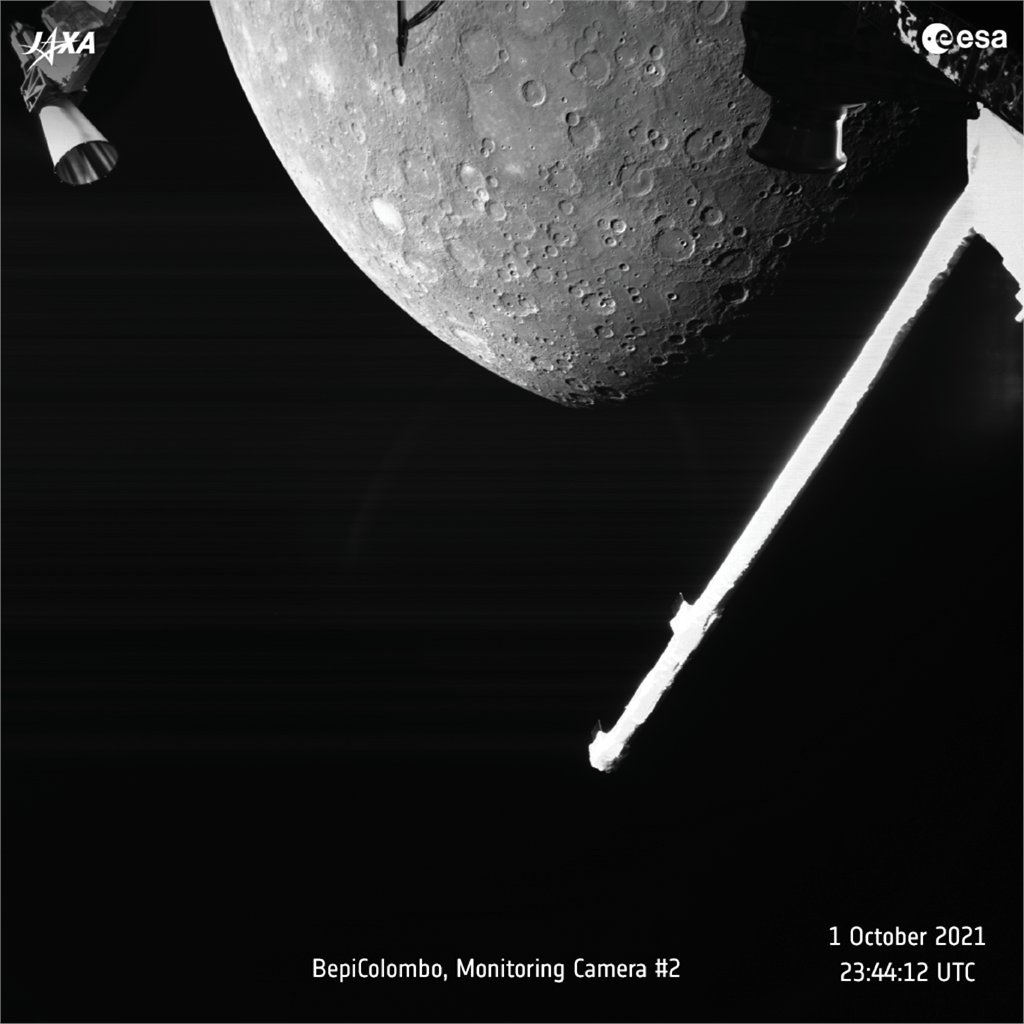
Mercury Size - The Smallest Planet
Mercury is 3,031 miles / 4,878 km in diameter - less than half the diameter of the Earth - and is the smallest planet in the Solar System. Only dwarf planets such as Pluto, Haumea, Makemake, and Eris are smaller. Interesting fact: one of the moons of Jupiter - Ganymede (one of the so-called Galilean moons) - is bigger than Mercury.
Due to the small size of the planet, it isn't easy to see it in the sky, even through binoculars or a telescope. The easiest way to do it is just before sunrise or right after sunset. At other times, it may not be readily available.
Atmosphere and Temperatures on Mercury - Hot or Not Cold?
Surprisingly, being the closest planet to the Sun, Mercury is not the hottest one - it's only the second in terms of surface temperatures, right after Venus. Why's that? It's because Mercury does not have an atmosphere - there is nothing to retain the heat coming from the Sun, like Venus has (thick, yet still!).
Density
Mercury is the second densest planet in the Solar System - just after Earth.
Does Mercury Have Phases?
Yes, it has. Any planet that emits less light than the star it orbits can have phases depending on the viewer's position. Both the planets within the Earth's orbit - Mercury and Venus - have phases, but because they orbit the Sun closer than the Earth does, it's hard to see them.
Mercury Moons
The planet has no moons. The only other Solar System planet that has no moons also is Venus.
Mercury Planet vs Moon
Many people compare this planet to our Moon, so let's check out the facts - are they similar?
Interesting similarities
- Appearance. These objects are just huge rocks with lots of craters on the surface.
- Lack of atmosphere. Neither Mercury nor the Moon doesn't have it.
- No liquid water on the surface. Unfortunately, this significantly limits the possible colonization.
Interesting differences
| Mercury | Moon | |
| Object type | A planet | A moon |
| Mass | 3.29 × 1023 kg | 7.35 × 1022 kg |
| Radius | 2439 km | 1737 km |
| Surface gravity | 3.7 m/s2 | 1.62 m/s2 |
| Density | 5.43 g/cm3 | 3.34 g/cm3 |
| Distance from Sun (average) | 58 million km | 150 million km |
| Day (Earth time) | 58d 15h 30m | 27 days and change |
| Daytime temperature | 430°C | 123°C |
FAQ
Dark gray.
0 (zero).
Have you had the opportunity to observe Mercury with your own eyes? If so, how - with the naked eye, binoculars, or through a telescope? How was it? Maybe you have some valuable tips for beginners? Or maybe you even took a picture of the smallest planet of our Solar System? Share in the comment!


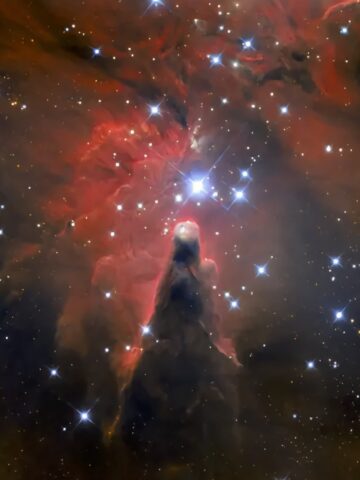
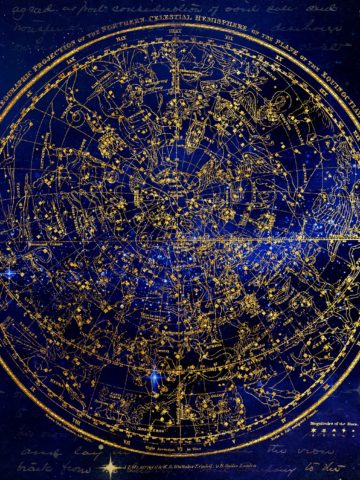
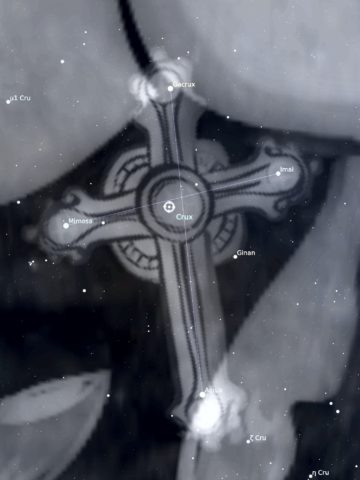
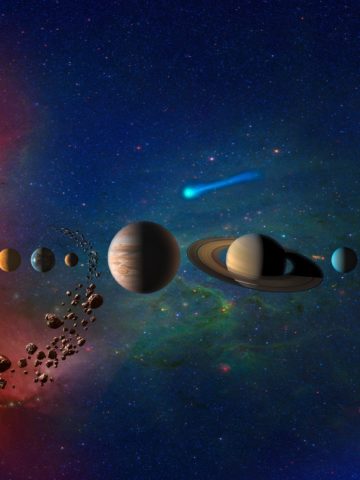
Comments
No Comments